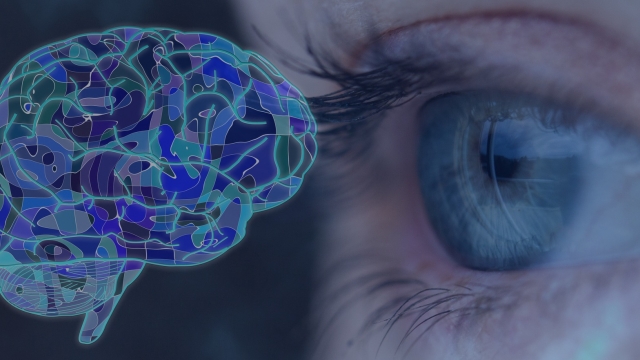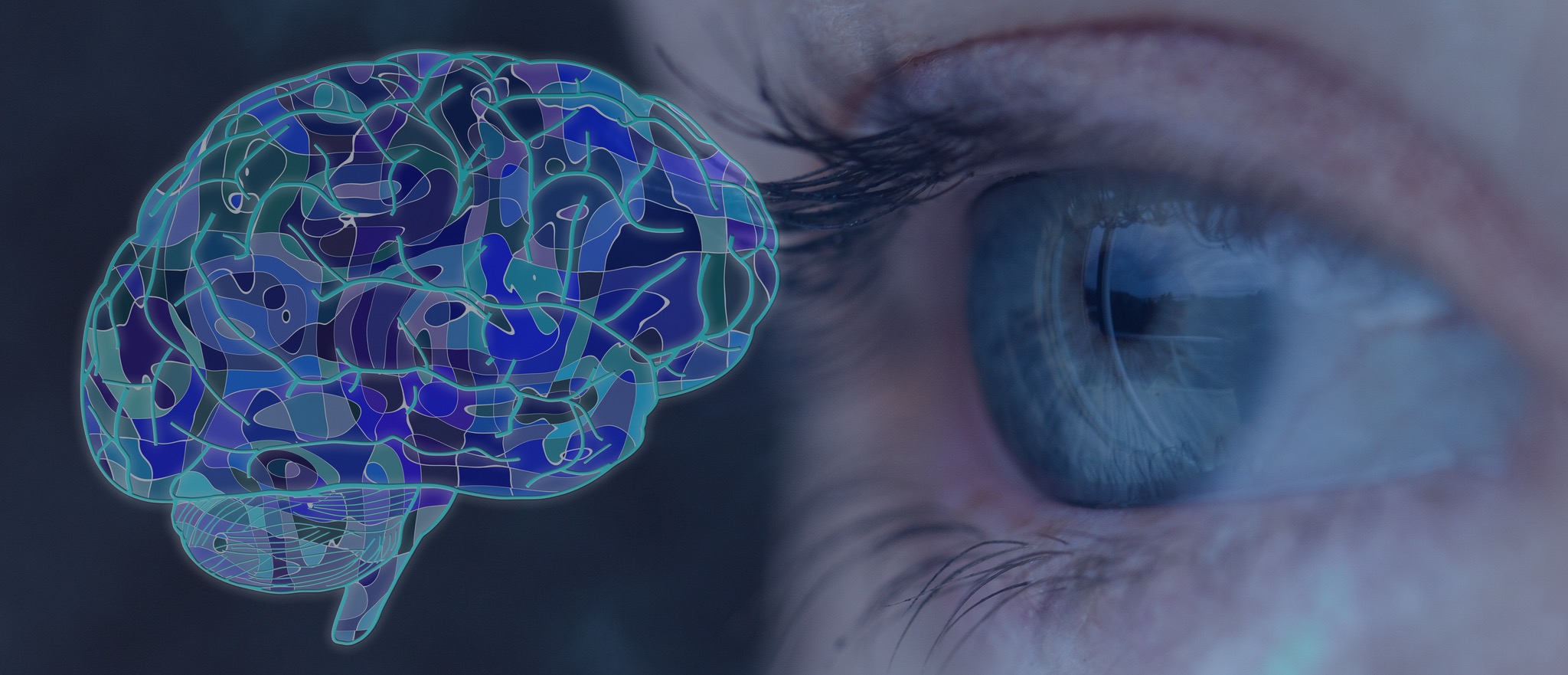
Clear Vision Ahead: Understanding Retinopathy and Its Implications
Retinopathy, a condition affecting the retina in the eye, is a topic of great significance in the field of ophthalmology. It is a condition that is often associated with diabetes, making regular diabetic eye screening an essential part of managing this complex disease. By understanding the intricacies of retinopathy and its implications, individuals can take proactive measures to preserve their vision and overall eye health.
One of the key aspects to comprehend is that retinopathy doesn’t only impact those with diabetes; it can also occur in individuals with other underlying health issues, or even in people without any pre-existing conditions. It is crucial, therefore, that everyone remains aware of the potential risks and takes steps to monitor their eye health regularly.
Glaucoma, another prevalent eye disease, is often linked with retinopathy. The relationship between these two conditions emphasizes the importance of comprehensive eye examinations which can detect early signs of retinopathy and guide appropriate treatment plans. By being aware of the connection between retinopathy and glaucoma, individuals can ensure a more holistic approach to their eye care.
Understanding retinopathy is the first step towards safeguarding our vision. By demystifying this condition and shedding light on its implications, we can empower ourselves and the wider community to prioritize eye health and take the necessary steps to preserve our sight. Through shared knowledge and consistent eye screenings, we can navigate the path to a future with clear vision ahead.

Overview of Diabetic Eye Screening
Get The Best Price
Diabetic eye screening plays a crucial role in preventing and managing retinopathy, a condition that affects the eyes of individuals with diabetes. Retinopathy occurs when the blood vessels in the retina, the light-sensitive tissue at the back of the eye, become damaged. It is a leading cause of vision loss and blindness among people with diabetes.
Regular diabetic eye screening is essential in detecting retinopathy in its early stages, allowing for timely intervention and treatment. The screening involves a comprehensive examination of the eyes by an ophthalmologist or an optometrist specifically trained in this field. Through a series of tests and evaluations, the eye care professional can assess the health of the eyes, identify signs of retinopathy, and measure the severity of the condition.
Early detection is key in managing retinopathy effectively. In its initial stages, individuals with diabetic retinopathy may not experience any noticeable symptoms. Diabetic eye screening provides the opportunity to detect the condition before vision problems arise, enabling the implementation of appropriate measures to preserve vision and prevent further deterioration.
By catching retinopathy early, healthcare professionals can develop personalized treatment plans for patients, which may include lifestyle modifications, medication, and, in some cases, surgical interventions. Regular diabetic eye screening, therefore, plays a vital role in ensuring optimal eye health for individuals with diabetes and minimizing the risk of complications, such as glaucoma.
Section 2: Retinopathy and Its Implications
(Prompt: Continue writing section 2)
Understanding Retinopathy and Its Progression
Retinopathy is a medical condition that primarily affects the eyes and is often associated with diabetes. This condition can lead to vision impairment or even blindness if left untreated. Here, we will delve into the intricacies of retinopathy, its causes, and how it progresses over time.
One of the key factors in the development of retinopathy is diabetes. High blood sugar levels, which are characteristic of diabetes, can cause damage to the blood vessels in the retina, the light-sensitive tissue located at the back of the eye. As retinopathy progresses, these blood vessels may start to leak or become blocked, disrupting the normal flow of blood to the retina.
The implications of retinopathy can be severe, potentially leading to vision loss if not managed promptly. In advanced stages of retinopathy, new blood vessels may begin to grow on the surface of the retina. However, these fragile vessels may easily rupture, causing bleeding within the eye and further compromising vision. Additionally, retinopathy can also increase the risk of developing other eye conditions, such as glaucoma, which further adds to the complexity of the disease.
Understanding retinopathy and its progression is crucial for early detection and treatment. Regular diabetic eye screenings are essential in monitoring the condition of the retina and identifying any signs of retinopathy at its earliest stage. Timely intervention, such as controlling blood sugar levels, managing blood pressure, and receiving appropriate medical interventions, can help slow down the progression of retinopathy and minimize the risk of vision loss.
Highlighting the Connection Between Retinopathy and Glaucoma
Retinopathy and glaucoma are two eye conditions that can have a significant impact on a person’s vision. Understanding the connection between these conditions is crucial for early detection and appropriate management. Both retinopathy and glaucoma involve damage to the optic nerve, but they differ in their causes and progression.
Retinopathy, a condition often associated with diabetes, occurs when the blood vessels in the retina become damaged. High blood sugar levels can weaken the walls of these blood vessels, leading to leaks and blockages. Over time, retinopathy can progress and cause vision problems, including blurry vision, impaired color vision, and even vision loss. Regular diabetic eye screening is essential to detect retinopathy early on and prevent further complications.
On the other hand, glaucoma is a group of eye diseases characterized by increased intraocular pressure, which can damage the optic nerve. This damage usually occurs gradually, and without proper treatment, it can lead to irreversible vision loss. While retinopathy primarily affects the blood vessels in the retina, glaucoma primarily affects the optic nerve. However, it is important to note that in some cases, individuals with retinopathy may also develop glaucoma or vice versa.
The connection between retinopathy and glaucoma lies in their shared influence on the optic nerve. Both conditions can cause damage to this crucial part of the visual system, which ultimately affects a person’s ability to see clearly. Therefore, individuals with retinopathy should be vigilant in monitoring their eye health and should undergo routine eye examinations to detect any signs of glaucoma. Similarly, those diagnosed with glaucoma should also be aware of the possibility of retinopathy and discuss appropriate screening and management strategies with their ophthalmologist.
Understanding the connection between retinopathy and glaucoma emphasizes the importance of comprehensive eye care and regular check-ups. By staying informed and proactive, individuals can take the necessary steps to maintain healthy eyesight and mitigate the potential risks associated with these conditions.

